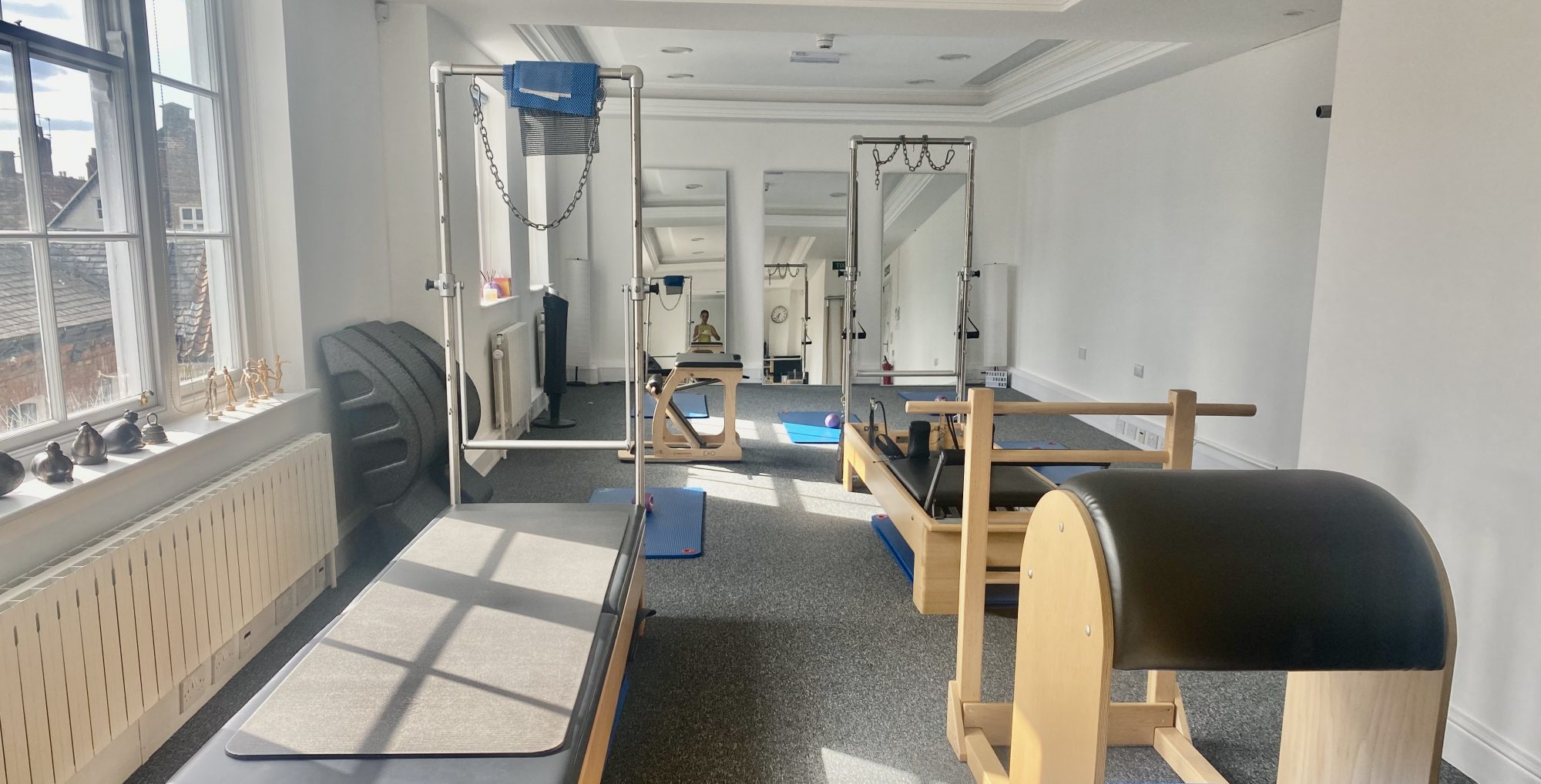I often get calls from would be Pilates students who have been referred to my studio by their physiotherapist. When someone comes along for a private class I always ask why they would like to do Pilates, what has brought them here? Invariably the reply is “I need to strengthen my core”.
A common misconception is that the ‘core’ is the abdominal muscles. Well, ok, you could call that area the core area but it’s a little more complex than that. So lets get this straight: doing crunches, sit ups and planks will not necessarily improve your core. You will more likely be relying on the shoulders and the superficial belly muscles to achieve the exercise whilst the deeper muscles don’t even get a look in. We don’t need to ‘strengthen ‘ the core, rather we need stability in that area, and that’s a different thing, a lot more subtle.
The core muscles are team which support the structure of the skeleton, rather than the more superficial muscles which move us around. Your sit up muscles are not your core muscles, and in fact doing sit ups will most probably weaken your core by causing you to push out the or brace the abdominal area. (aarg! I hate bracing….stop it right now!! )
Sometimes we refer to these deeper muscles as postural muscles, they have the role of maintaining a stable posture in the spine and pelvis giving the arms and legs an anchor from which to move. The muscle fibre structure is different in postural muscles than in the global muscles which move our limbs. Global muscles consist of a mixture of types of muscle fibre that can fire up quickly to create movement but will tire in time. Through exercise global muscles can be trained to perform better, becoming explosively stronger for jumping, kicking, sprinting or weightlifting; or gain endurance so that an activity can be performed for a longer period of time such as training for a marathon, or increasing the length of your bike ride to work without feeling so tired.
Our postural muscles however, need to have a quality of endurance to continue providing support for the axial skeleton, the spine and rib cage, the pelvis, the skull. The shoulder blades also need to be stable. These areas of our body are what form a stable base for any movement to occur in our arms and legs. With a stable core, the limbs are much more effective and will become stronger and more efficient. Thats why Andy Murray and lots of sportsmen and women do Pilates.
The 8 principles of Pilates all serve to develop a stable core. First concentrate; First think of precise alignment; lightly activate the centre muscles; breath; isolate your deep core muscles;
challenge your position with flowing, coordinated movement and rhythm; be controlled but relax, theres no struggle in a Pilates move. Before the word ‘core was invented Joe Pilates called it ‘the Powerhouse’. Everything starts from there!
